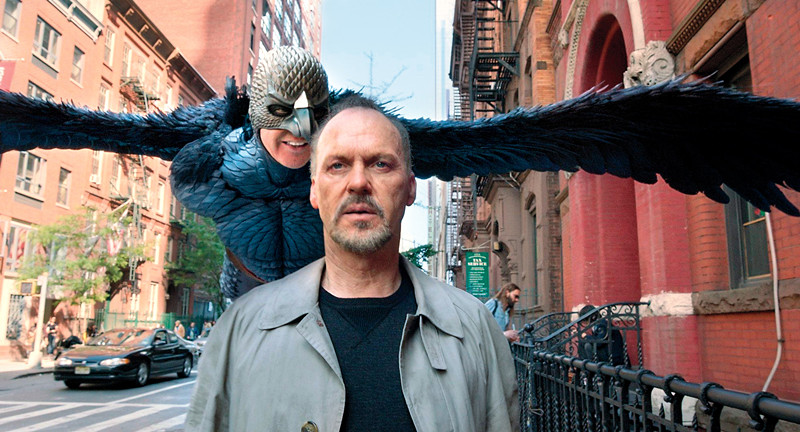
In the contemporary pantheon of master film directors, the name of Alejandro González Iñárritu has gained a lot of force in recent years. Born on August 15, 1963 in Mexico City, he is one of today’s most reputable directors in both the commercial and the art house scenes since the beginning of his career.
After traveling to Europe and Africa while working on a cargo ship when he was 19 years old, Iñárritu majored in communications and started working as a radio host for WFM, a rock radio station which he later directed. In the ‘90s, he founded Z Films, and studied theatre directing with polish director Ludwik Margules. His first short film was titled “Behind the Money”, and it featured prominent Panamanian singer-songwriter and actor Miguel Bosé.
He debuted in 2000 with “Amores Perros”, a challenging and gritty film where various tragic lives are intertwined by the mysterious forces of fortuitous encounters. This film was followed by 2003’s “21 Grams” and 2006’s “Babel”, which constitute a trilogy of films written by Guillermo Arriaga and photographed by Rodrigo Prieto known as the ‘Death Trilogy’, which examines human relationships, pain, and chance.
In 2010, he directed “Biutiful”, starring by Javier Bardem and with Prieto once more as DP, which received a lukewarm response from both critics and spectators. His greatest commercial and artistic achievements would come in the following years with his next two films: 2014’s “Birdman or (The Unexpected Virtue of Ignorance)” and 2015’s “The Revenant”, two films that also represent the some of the most important international achievements for Mexican filmmakers.
Iñárritu became the first Mexican to win an Oscar for Best Picture, and Emmanuel Lubezki, director of photography on both films, was the first to win the Oscar for Best Cinematography twice in a row.
His films are defined by their realistic approach, which is often times gut-wrenching and extremely raw. Most of his characters are ordinary people living seemingly ordinary and unassuming lives; they are always troubled and in the face of tragedy, they try to atone for past mistakes and understand the world that won’t cease to hurt them.
Of course, his films aren’t just festivals of depression, for feelings like hope, love, happiness, and spiritual desire are also common in his opus. Interconnectedness also plays a huge role in his films, for no one lives in a vacuum, and every decision we make has unthinkable consequences in the lives of the people around us and in the lives of total strangers alike.
6. 21 Grams (2003)
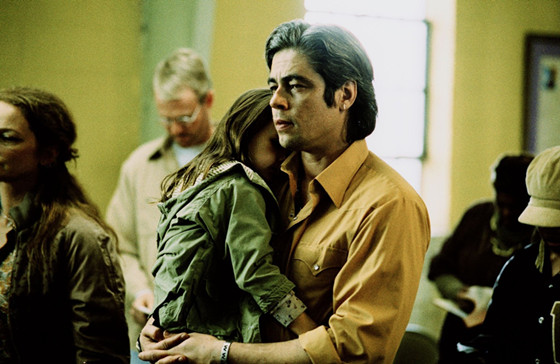
The second installment of the trilogy of films written by Guillermo Arriaga puts us in the eye of the hurricane, in the lives of three families whose fates are linked by a thread of tragedy and death.
Sean Penn plays a man dying from a heart disease, who hopelessly waits for a donor, accompanied by his wife, played by Charlotte Gainsbourg; Benicio Del Toro plays a born-again ex-con that has been in and out of jail since he was 17, who is struggling to be a good father and a good husband; and Naomi Watts plays a middle-class housewife living a comfortable life with her husband and her two little girls. Such are the characters that comprise this coral tale of love and loss, grief and hope.
The unconventional approach toward editing make this a fairly interesting and quasi-cubist film, an aesthetically complex experience that is carefully constructed. Nevertheless, the technical achievements preclude the proper development of the characters and their stories, jumping from one moment to another up to the point where it’s sometimes difficult to feel any empathy or understanding towards their tribulations.
5. Babel (2006)
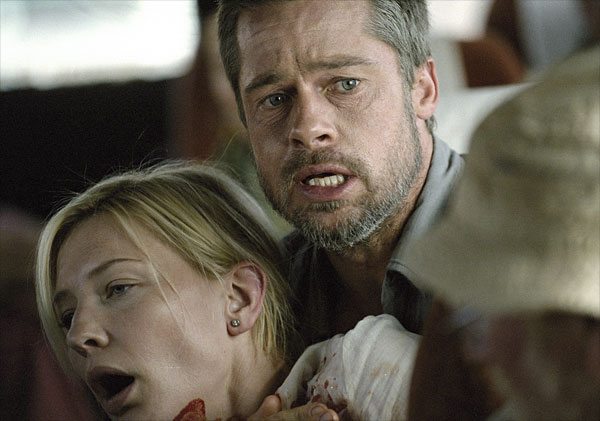
With “Babel”, Iñárritu gave a glorious closure to his Death Trilogy. This time, Arriaga’s script puts us in an international setting, with stories developing in countries on three different continents –Japan, Morocco and México – with four different plot lines intertwining in unexpected ways.
This time the protagonists of the film are as follows: in Morocco, the two sons of a sheep herder and an American couple on vacation; in Mexico, the children of the American couple and their Mexican caretaker; and in Japan, a deaf schoolgirl grieving the suicide of her mother.
The most important theme in this film is already patent in the title, and in its communication; the characters struggle to open themselves to others, to understand what other wants to tell them, to make their needs clear, but also to find new ways to expose themselves, to get an understanding of the world around them, and to talk about their tragedies.
4. Biutiful (2010)
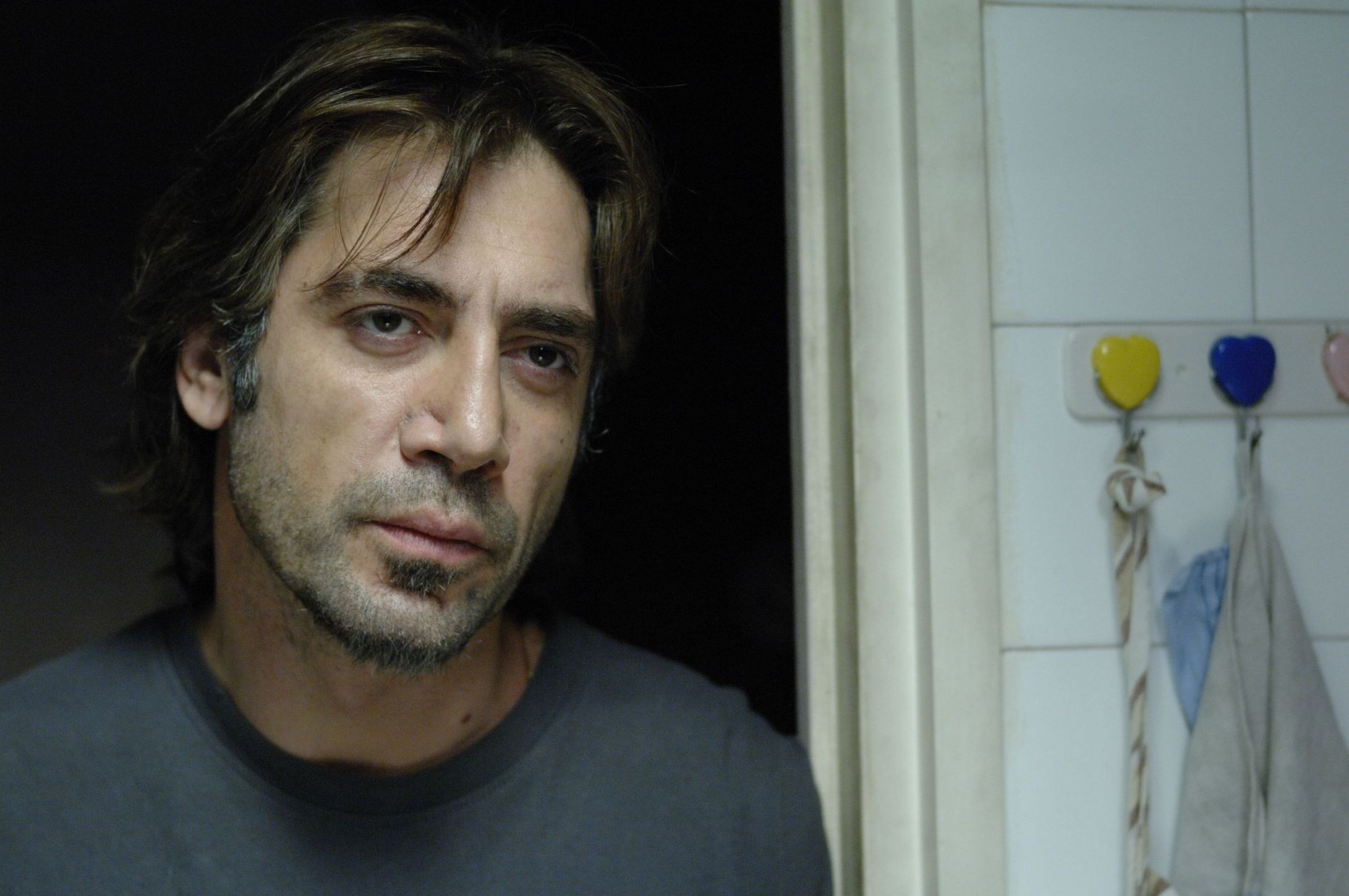
Javier Bardem stars in “Biutiful”, a film set in Barcelona that follows Uxbal, a man who uses his ability to talk with the spirits of the dead in order to help them transcend (although this character trait is only mildly explored). He lives in the underbelly of the city and is involved with workers from Asia and Africa, trying to help them to get along in the dangerous and unstable environment in which they are forced to live due to their status as illegal immigrants.
The experimental approach toward editing and storytelling that defined the previous works of the director is absent in this film; instead we have a conventional narrative structure that allows the viewer to develop a strong emotional understanding of the events of the film and of its protagonist. Uxbal is a sick man on the verge of death, so his actions are always directed towards the greater good; he wants to do everything he can for others before his time runs out.
This film is a deeply emotional experience, putting us in the place of a man who has to face the imminence of his death and his attempts to leave in order his affairs on this earth. Bardem provided one of the best things in the film with his representation of a desolated and pained man, managing to give moments of great despair and doubt.
The soundtrack, composed by Gustavo Santaolalla, pairs perfectly with the images shot by Rodrigo Prieto, yet the overall execution of the film results often in dull and uninspired scenes, where it’s difficult to maintain interest and attention in the development of the plot and the world that surrounds Uxbal.
3. Amores Perros (2000)
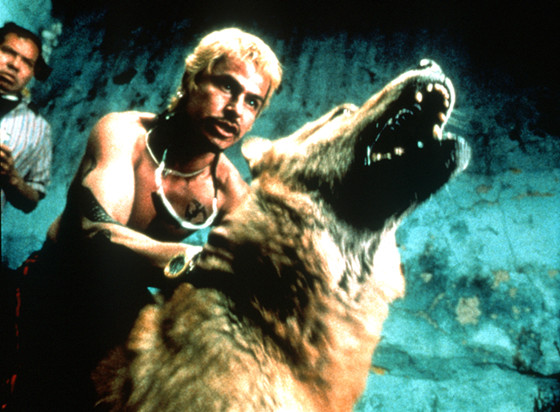
“Amores Perros” is the first feature-length film directed by Iñárritu, and it is considered today as one of the most important films in Latin America’s cinematographic history, and also a keystone that defined the wave of Mexican films to come after it. It was written by Guillermo Arriaga, photographed by Rodrigo Prieto, and it features the first leading role for Gael García Bernal, who jumped to international fame after starring in Cuarón’s “Y Tu Mamá También” in the following year.
The film is set in Mexico City and it follows three different stories tied together by a violent car crash. Octavio is a poor young man trying to make easy money through underground dog fights so he and his sister-in-law can go away to start a new life; Valeria is a supermodel who is enjoying a newfound bliss until she is badly injured in the car crash; and El Chivo is mysterious vagrant and hitman who takes care of homeless dogs.
Aesthetically, “Amores Perros” is painfully realistic and raw, offering the spectator little time to rest between the conflicts of the characters, and the several stories that develop throughout the film are carefully sewn together in the complex and cleverly crafted narrative set by the unconventional editing.
It has been said that “Amores Perros” is the “Mexican Pulp Fiction”, but such statement oversimplifies a film that offers an insight into the several economical strata that coexist in Mexico City – from the lumpenproletariat individuals to the upper-class families – while also exploring emotions inherent to the human experience – love, hate, desire, hope, guilt, morality, and death. “Amores Perros” is a profoundly human film, albeit dark, melancholic, and painful.
2. The Revenant (2015)

The commercial success and critical acclaim received with “Birdman” was followed the next year with the even more successful film, “The Revenant”. Starring Leonardo DiCaprio and Tom Hardy, it tells the revenge story of Hugh Glass, an 1820’s expeditioner who is left for dead by his hunting team after he is attacked by a bear.
Realism has always been a staple of Iñarritu’s cinema, and “The Revenant” is no different. ‘El Chivo’ Lubezki shot the film on an ARRI Alexa 65 using only natural light, resulting in one of the most visually beautiful and stunning movies of recent film history, portraying a wild and untamed world where the elements play against man’s interests and desires.
DiCaprio’s performance is memorable – so much in fact that he received the only Oscar in his career so far because of it – depicting a man who is faced with his past while he struggles to stay alive and to find ways to survive in the middle of the indifferent nature. The entire cast of the film performs admirably, showing what can be achieved under good direction.
The film isn’t completely flawless, though; its runtime is more than two and a half hours, which becomes challenging as the storytelling quality wavers in the middle, and although the Tarkovskyian dream sequences are visually stunning – adding to the overall beauty of the film – they might come across as unnecessary and pretentious.
1. Birdman or (The Unexpected Virtue of Ignorance) (2014)
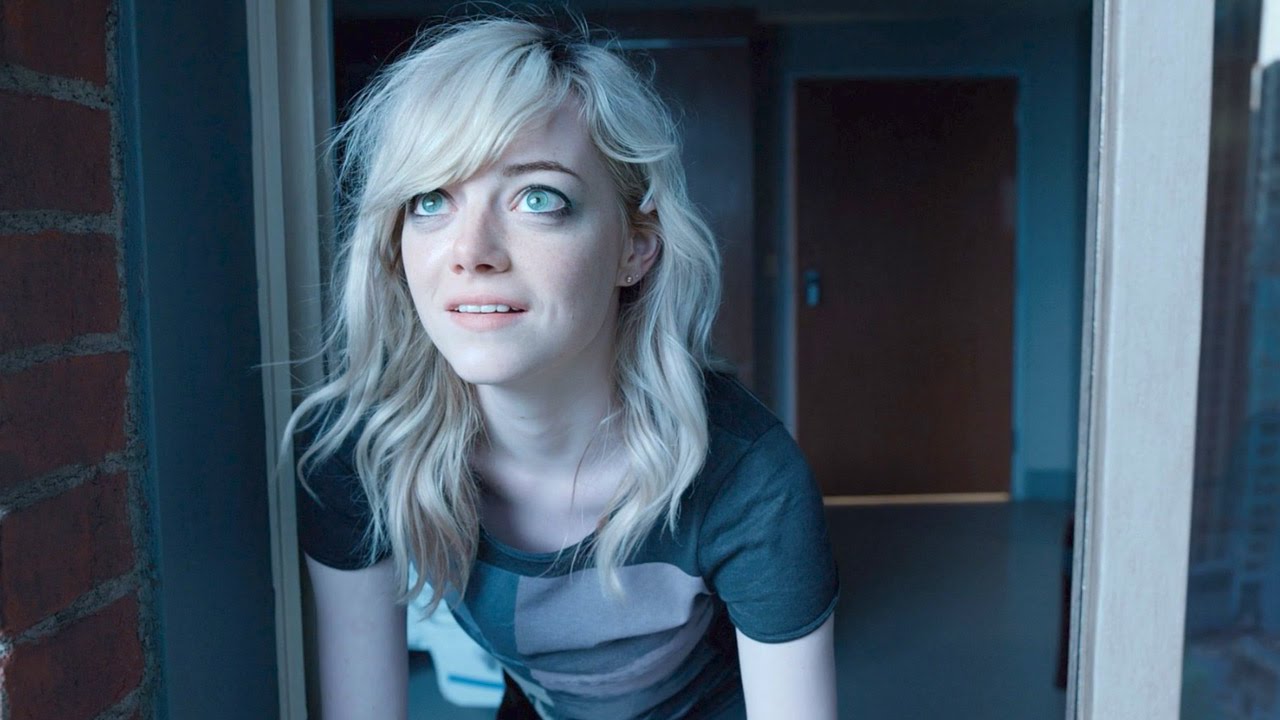
Under the flaming and Kandarian name of “Birdman or (The Unexpected Virtue of Ignorance)”, we find one of the greatest films in the recent history of international cinema.
Amongst a series of nodes and homages to several artists and creators, we are told the story of Riggan, a former film actor made famous for his role as a superhero named Birdman. Years after his young successes, he sets out to redeem himself through a theatre adaptation of Raymond Carver’s short story “What Do We Talk About When We Talk About Love?”.
In this visually stunning odyssey – shot to look like it was made in one single take – Riggan is faced with an identity crisis; he is defined by his past successes, which now lack importance to him, and he wants to reinvent himself and find a new definition for his own self. His existential crisis is represented as Birdman, Riggan’s former persona, who appears constantly to question him and to seduce him with promises of money and fame if he drops his theatre enterprise.
“Birdman” is one of the most ambitious films by Iñárritu, and he managed to excel in every aspect. The cast is filled with names like Edward Norton, Michael Keaton and Naomi Watts, and they all perform flawlessly; the cinematography is a masterclass in lighting, framing, and composing that is so good and flawless that director of photography Emmanuel Lubezki was awarded with an Oscar.
The score composed by Antonio Sánchez is drum-based jazz that underlines the events of the film in a masterful way. And the script, co-written by Iñárritu, is deep, compelling, and entertaining, offering a lot of material to dissect and ponder in later viewings. The film is intellectually ambitious as well, embodying the debate of art versus entertainment in Riggan’s tortuous path.
Author Bio: Gustavo Toledo was born in Mexico City and he lives there. He is a graphic design student and a freelance writer. After a tragic accident in his childhood that left him homebound for several months he discovered the magic of cinema and now he is passionate about it. Since then all he ever dreams about is making movies.